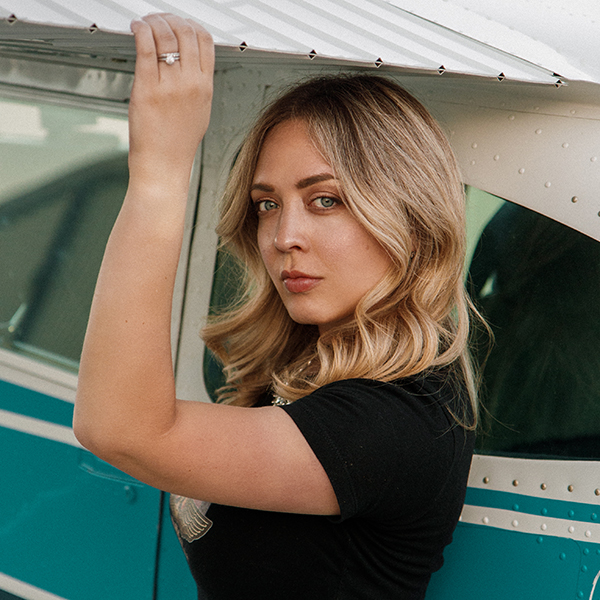Under pressure
How aircraft cabin pressurization works

When an aircraft leaves the ground and begins to climb, the ambient pressure outside the aircraft drops. It’s the pressurization system’s job to increase the pressure of the cabin to a higher level than the ambient outside pressure so that pilot and passengers feel as if they are at a lower altitude. The difference between the outside ambient pressure and cabin pressure is called pressure differential, and each pressurized airplane is certified with a maximum allowable differential pressure. Newer airliners like the Boeing 787 Dreamliner, are able to maintain lower cabin altitudes than their older counterparts, allowing passengers to feel less fatigued after a long flight.
Fuselages of pressurized aircraft are designed to be airtight and strong enough to withstand the pressure differential between the inside and outside of the cabin. To maintain a required pressure, air is pumped into the cabin and then released through rate regulated outflow valves. The number of outflow valves typically depends on the size of the aircraft, but there will always be at least two, a primary and secondary or safety valve.
Conveniently for turbine-powered aircraft, bleed air from the engine’s compressor creates all the pressurized air they need for pressurization. Piston-powered aircraft require an exhaust-driven turbocharger to create pressurized air that then gets delivered to the aircrafts pressurization system where, in the case of turbochargers, it travels through a sonic venturi that limits air loss from the engine. Some of the air from the air source goes through an air conditioner or heat exchanger that cools the air. Then, it is mixed with hot air in a valve to create the correct temperature before it enters the cabin.
Most pressurization systems are automated and have a cabin pressure controller that the pilot can use to set the cabin altitude based on the phase of flight as well as a cabin rate controller that controls the climb or descent rate of the cabin.



